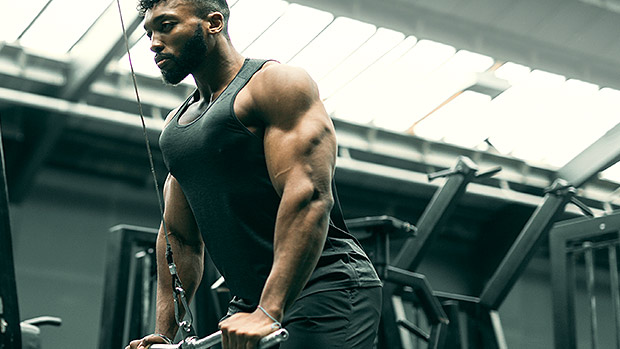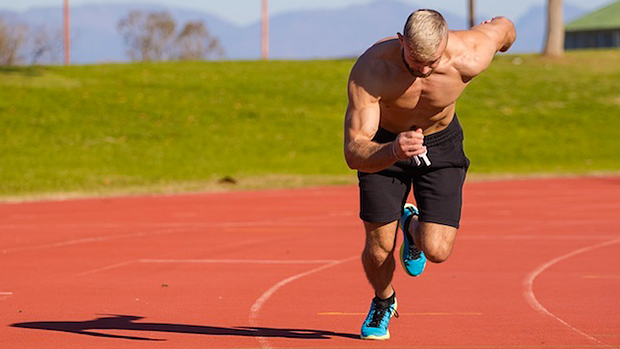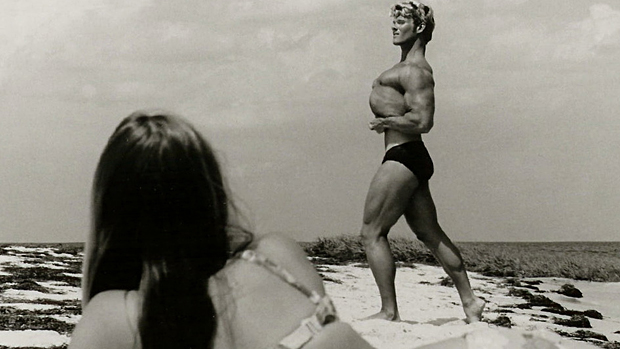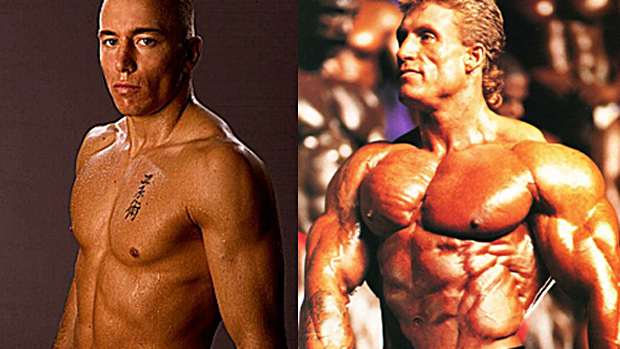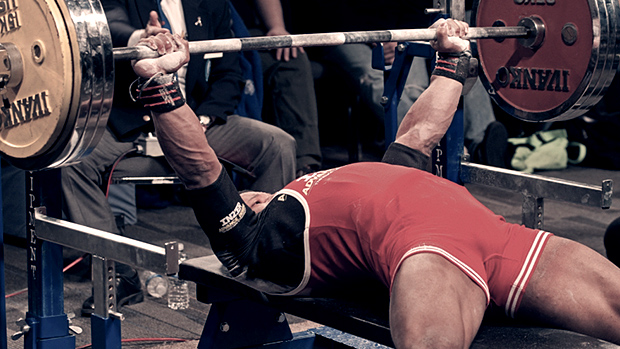Is Soreness An Indicator of a Good Workout?
It's a simple question, but the answer is a little tricky. Generally speaking, no, being sore after a workout doesn't necessarily mean it was an effective workout. And also generally speaking, no, you don't have to get really sore to build muscle.
But There Are Nuances...
As many T Nation coaches have pointed out, there are many levels of soreness. You can feel a little tight or swollen and experience what Christian Thibaudeau calls an "enhanced feeling" in the worked muscles. You definitely know what you trained the previous day, but you're not really hurting.
On the other end of the spectrum, you can find yourself saying "ouch, ouch, ouch" with every stroke of your toothbrush after a tough chest workout. That's severe soreness. And you can even feel so sore that you can't train – that's extreme soreness and a sign that you messed up since that one workout has interfered with several of the following workouts.
You should probably experience that "enhanced feeling" a day or two after a tough workout, but you don't necessarily have to.
What all the "soreness is bad" coaches are referring to is that debilitating soreness, which is a sign you may have taken things a little too fast or too far (too many sets/reps, or too heavy a load).

Here Comes Another Big But...
BUT if you tried a brand new exercise, a new set/rep scheme, or a new tempo (like lowering a weight very slowly), you should probably expect some level of soreness. If you don't feel something, then you probably sandbagged it. Or maybe you haven't yet established a good mind-muscle connection with the new exercise or method.
What the "soreness is bad" coaches are also saying is that you shouldn't be chasing soreness i.e. trying your hardest to get sore because you think it's the only sign of a productive workout.
That often leads to switching exercises too often. You never really get to progressively overload the exercise, because the moment the new movement stops making you sore, you switch to something else that makes you hurt again. That's a mistake. Thibaudeau has even said that when initial soreness stops, the real progress can begin.
And let's not forget that your diet can influence how sore you get from training. If you've cut your calories and carbs down low, a familiar workout may get you sore again. But you're probably not growing from it given the caloric deficit.
The Best Sign of Progress... is Progress
See how tricky it can be? So the lesson is to expect some "enhanced feeling" or mild soreness, especially after you try something new, but don't train just to get sore.
If you do have some moderate to severe soreness, it's also a good idea to train that muscle again the next day. Nothing hard, just do a couple of light sets and get a mild pump in the sore muscles. This can accelerate recovery and maybe even lead to more muscle growth.
Finally, remember that the best sign of progress is progress. After a few weeks or months, are you lifting heavier, doing more reps with the same weight, or "owning" a weight that used to beat you to death? Are you bigger without being fatter?
Then you've progressed, whether you felt sore or not.

